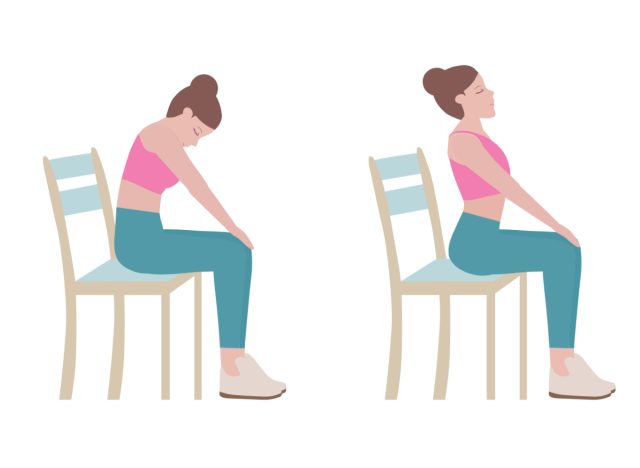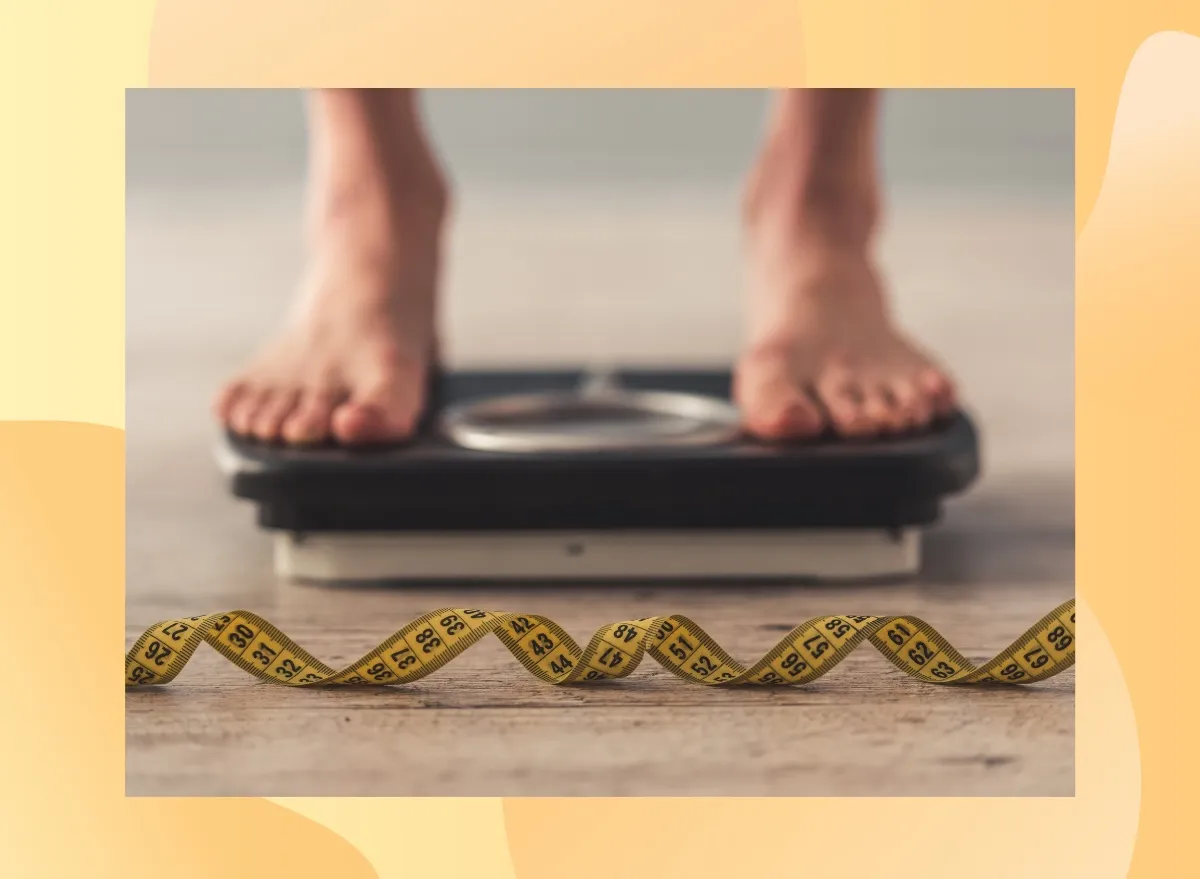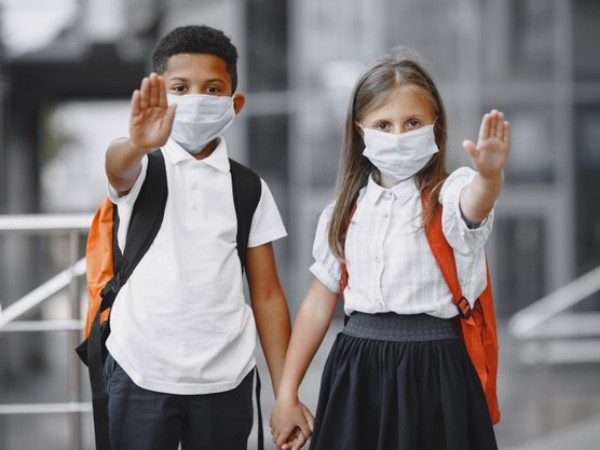
Is The Second COVID-19 Wave More Dangerous For Kids?
The second wave of respiratory illness has shaken the world, with many younger people and children being tested positive. Data from the Union health ministry shows 79,688 children have been infected in the five states (Maharashtra, Andhra Pradesh, Karnataka, Uttar Pradesh and Tamil Nadu) by the virus [5].
The rising concern can allude to one of the recent outbreaks where a Bangalore-based school had reported 400 children testing COVID-19 positive. Clusters have also been reported in districts where schools for children have reopened in recent months. In Chhattisgarh, 5,940 children have been infected by the disease – 922 of them are below the age of five. In Karnataka, the numbers are at 7327 (871 below 5yrs), and in Uttar Pradesh, 3,004 children have been infected (471 below 5yrs). Delhi reported 2,733 infections among children (441 below 5yrs).
 Summer Heat Tips: What To Wear, What To Eat And How To Beat The Heat
Summer Heat Tips: What To Wear, What To Eat And How To Beat The Heat
While more studies are required on the severity of COVID-19 on children, experts believe that the newer strains are highly infectious and present more symptoms than usual. In addition to this, doctors have reported that a reverse trend is being seen in the second wave where children develop symptoms before the adults and even pass the infection onto them, which can also be said for teenagers and young adults who are now being suspected to be major carriers of the infection [6].
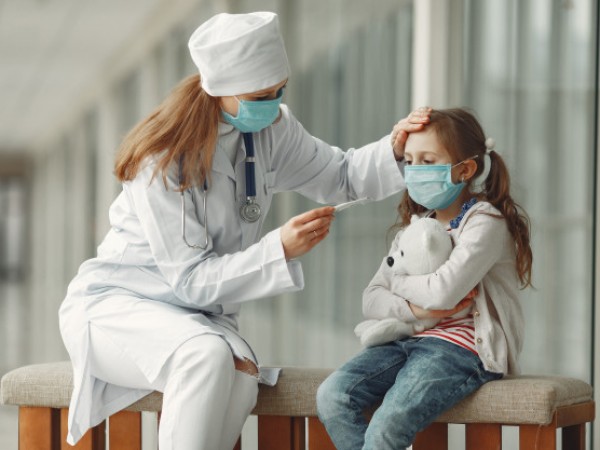
What Are The Symptoms Of Second Wave COVID-19 In Kids And Infants?
“The second wave of Covid is known to affect the children much more than in the first wave. Also, a reverse trend is that children develop symptoms first, and then adults are getting them from them. The difference is while in the first wave, most of the children were asymptomatic; in the second wave, they are coming with symptoms like fever, cold, dry cough, loose motions, vomiting, not feeding well, fatigue, loss of appetite, among other common symptoms. Few may also have breathing difficulties and rashes like any other viral fever,” said one of the doctors [7].
According to Harvard Health, many children will have no symptoms, and those who get sick will have mild symptoms such as low-grade fever, fatigue, and cold.
According to study findings and reports, the following have been described as the signs and symptoms of the second wave in kids, apart from the general symptoms such as headache, fever, cold and cough [8]:
- Kids with chronic immunity problems may also suffer from complications of MIS-C
- Persistent fever
- Skin rashes, COVID toes
- Bloodshot eyes
- Severe body pain, joint aches
- Nausea, abdominal cramps and gastrointestinal complaints
- Red, cracked lips or bluish tint on face and lips
- Irritability
- Sleepiness, fatigue and lethargy
 Home Remedies That ACTUALLY Work: From Peppermint, Garlic To Honey, Turmeric And More
Home Remedies That ACTUALLY Work: From Peppermint, Garlic To Honey, Turmeric And More
The respiratory illness can also affect infants, though it can be difficult to detect the symptoms, please lookout for the following signs:
READ RELATED: Hair loss treatment: The herbal cream that showed positive results within one month
- Loss of appetite
- Mottled skin
- High temperature
- Fussiness
- Vomiting
- Lesions and blister outbreaks
- Muscle pain
- Swollen lips and skin
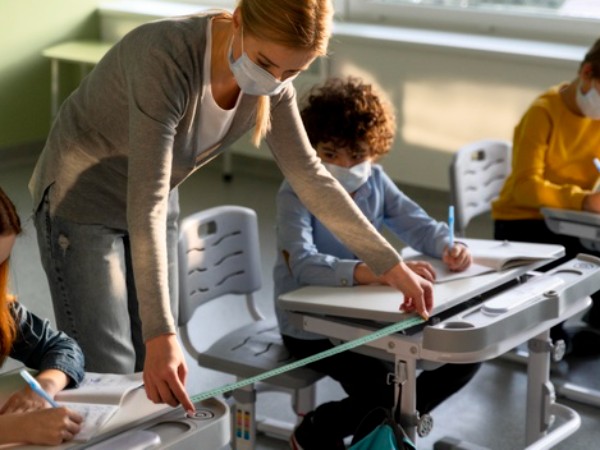
Why Are Kids At An Increased Risk Of The Second Wave Of COVID-19?
There are several factors responsible for the rise in COVID-19 cases right now for kids. Experts believe that the reopening of schools and educational institutions has majorly spiked up the cases in the country. Exposure to play areas and groups, travelling, and poor hygiene and mask measures may also make them more prone to infection.
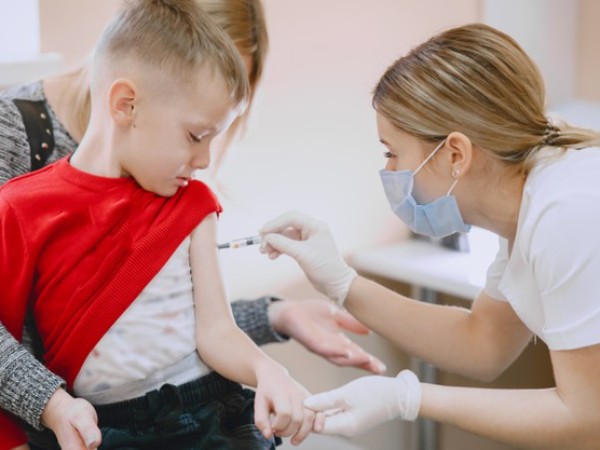
Is COVID-19 Vaccine Available For Kids?
Currently, there are no vaccines available for children. Testing of AstraZeneca vaccine of children in the UK has been suspended over reports of the vaccine being linked to blood clotting. Moderna Inc. is currently trying out doses on paediatric participants aged between 2-12, and Pfizer’s mRNA shot, which is also under study, has been shown to be 100 per cent effective and highly tolerated in kids aged between 12-15 [9].
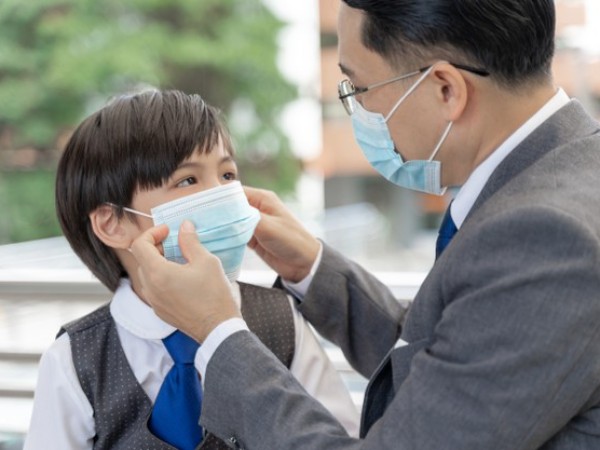
What If Your Kid Shows COVID-19 Signs And Symptoms?
If a child is showing symptoms of Covid-19 infection, an RT PCR test should be done by the second day because early diagnosis helps in early treatment. If a child had a fever for two days but recovered later, they should be home quarantined for 14 days unless tested for the illness and the report is negative on the fifth day [10].
Note 1: Doctors warn that children can act as silent carriers or “super- spreaders” and spread it to other children and adults, who can suffer severe diseases.
Note 2: If the parent contracts the infection, Do Not send the children to live with someone else because your child would already be harbouring the virus even though they have no symptoms. They can pass on the infection to others easily.
 MHA Issues New COVID-19 Guidelines: All The Major Points You Should Know
MHA Issues New COVID-19 Guidelines: All The Major Points You Should Know
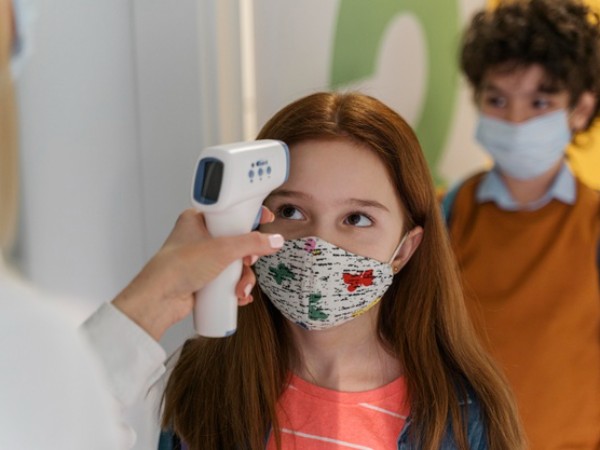
On A Final Note…
For kids and children, vaccination is not on the immediate list. It can take up to at least a year to have a vaccine ready for them. While there are no approved vaccines available for kids up to 16, several clinical trials are being conducted on children to test the vaccine’s safety.
Kids can sometimes also showcase signs different to those of adults, and any unusual development or symptom should not be ruled out and should be tested.
Source:



 Foods NOT TO Eat When You Are Extremely Hungry
Foods NOT TO Eat When You Are Extremely Hungry